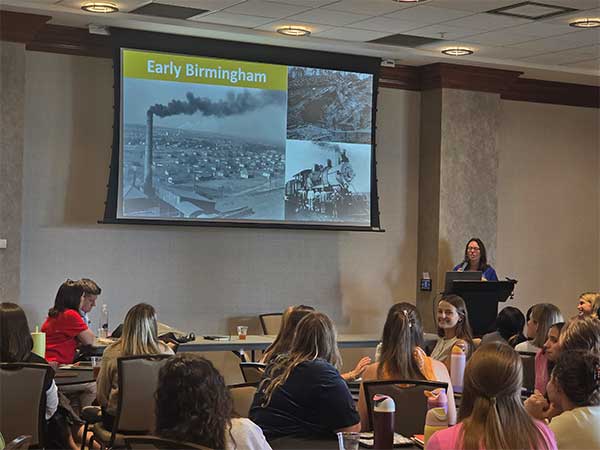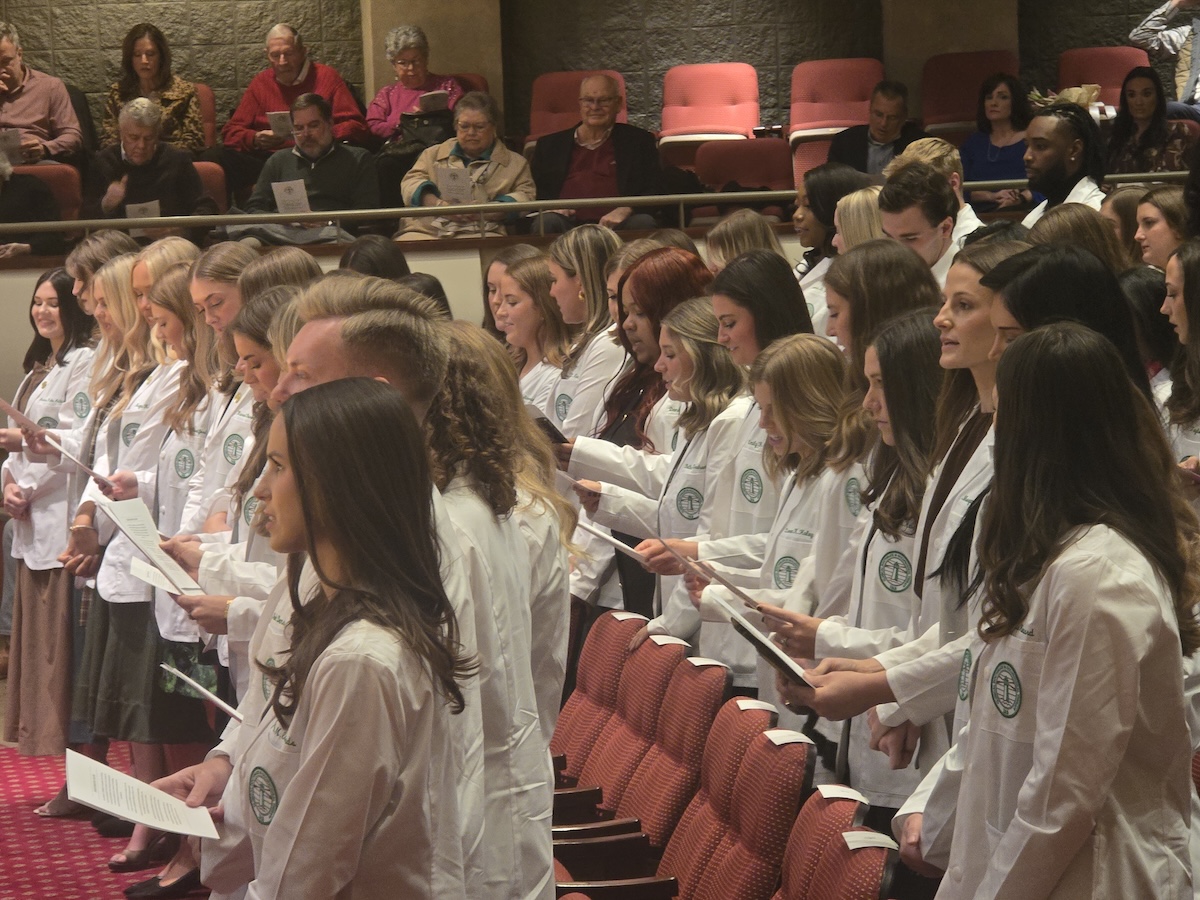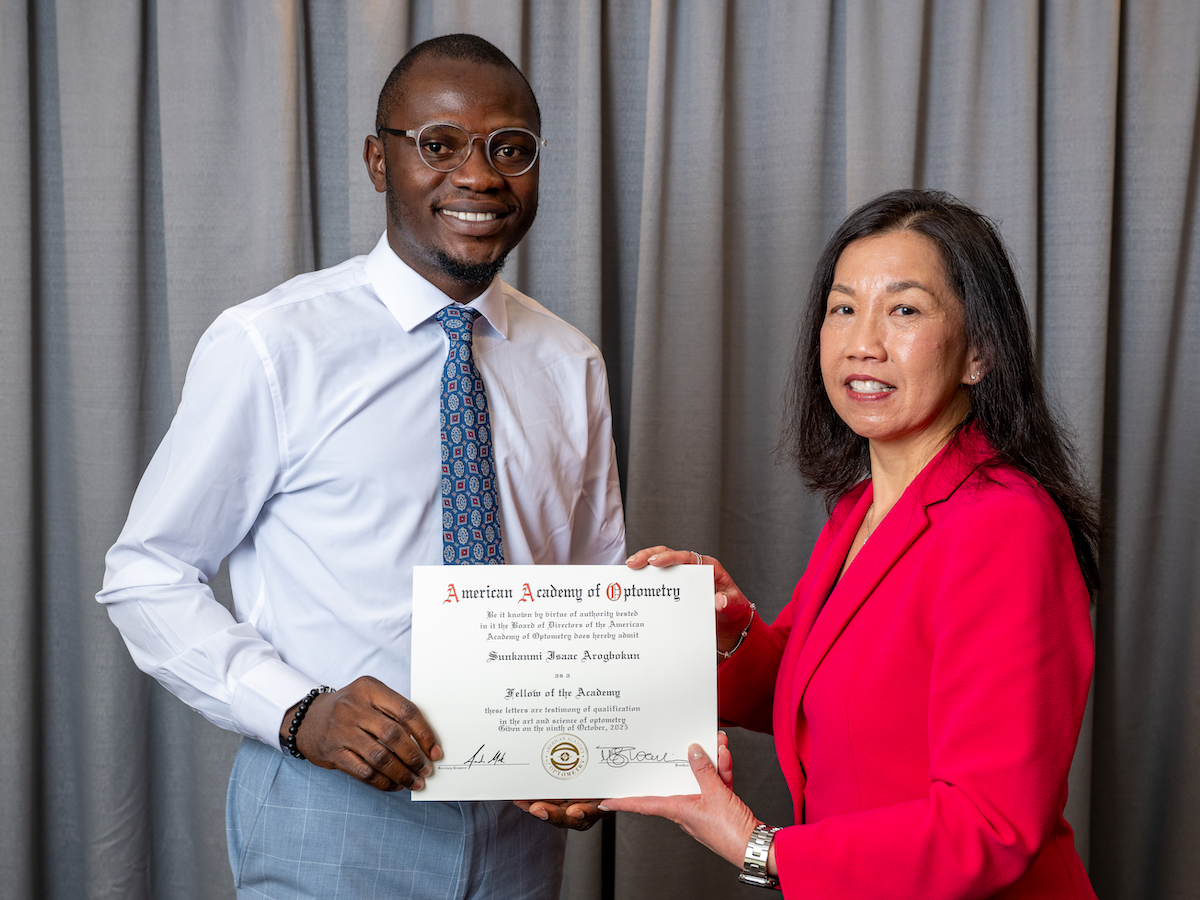 OT students at Vulcan Park and Museum, a recent location for the department's City Is Our Classroom series.
OT students at Vulcan Park and Museum, a recent location for the department's City Is Our Classroom series.The panoramic view from Vulcan Park and Museum is a living map of Birmingham’s multilayered occupational landscape. From this vantage point atop Red Mountain, one can see the University of Alabama at Birmingham (UAB) campus and medical center, the city’s skyline, surrounding neighborhoods, and its historic railroad corridor. In the distance, the stacks of Sloss Furnaces serve as a reminder of the iron and steel industry that built the city.
Department of Occupational Therapy students spent a day at Vulcan in July as part of the City Is Our Classroom series, which is designed to help them connect classroom concepts like social determinants of health and environmental justice to real places and lived experiences. Students attend their regular classes on site and spend time exploring the location and learning about its role in the city’s past and present.
“We believe that examining the rich culture, history, and nuances that shape the city will allow our students to better understand those we serve as occupational therapy practitioners,” said Dr. Jewell Dickson-Clayton, who directs UAB’s Entry-Level Clinical Doctorate in Occupational Therapy (OTD) program. “Our goal is to produce graduates who are engaged and intellectually curious, with a passion for discovery.”
Urban Spaces, Occupational Insights
At Vulcan, Casey Gamble, the museum’s curator of collections and exhibitions, traced Birmingham’s rapid growth, which earned it the nickname “Magic City,” from the discovery of iron ore to the rise of an industrial labor force shaped by racial segregation, hazardous working conditions, and economic inequality. Her overview and the museum tour gave students insight into how Birmingham’s geography, industrial roots, and social history continue to shape access to health care, education, and employment.
Other locations in the five-semester City Is Our Classroom series include the Birmingham Civil Rights Institute, the Birmingham Botanical Gardens, and Sloss Furnaces.
“We hope to convey what makes Birmingham such a meaningful place to study and practice,” said Dr. Dickson-Clayton. “The series also encourages our students to think critically about how, as future practitioners, they can help people in the communities they serve engage in the occupations that are meaningful to them and enhance their daily lives.”
This educational experience for OTD students is part of a broader UAB initiative designed to help students understand the university’s role within the city of Birmingham and to equip them with the skills to become engaged, thoughtful leaders in any community they serve.

